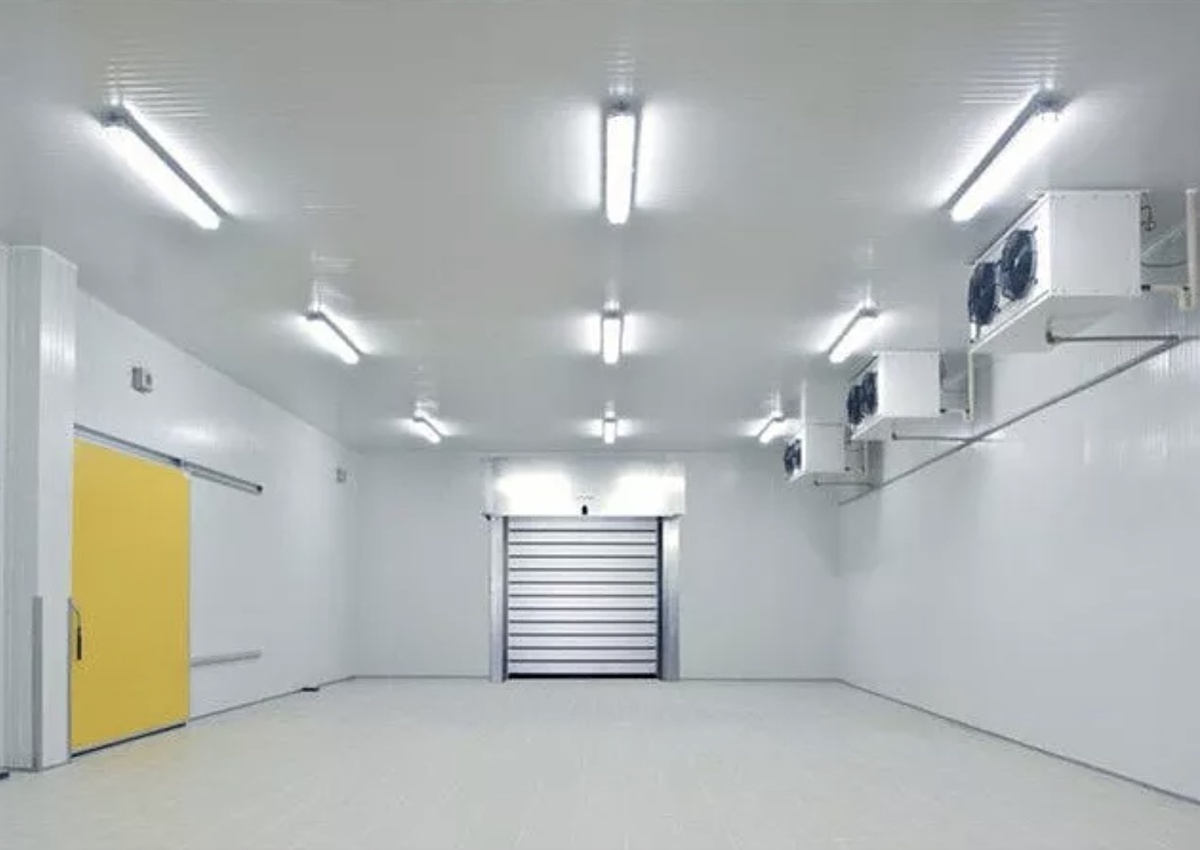A cold room is a refrigerated space used for storing perishable goods such as food, medicines, and chemicals. It is essential to maintain a specific temperature, humidity, and ventilation level to preserve the quality and freshness of the products. The requirements for a cold room depend on the type of products being stored and the environmental conditions of the location. In this blog post, we will discuss the key requirements for a cold room in Iraq, considering its climate, energy availability, and storage needs.
-
Temperature control: The temperature inside the cold room should be maintained within a specific range based on the products being stored. The temperature range for a typical cold room is between -18°C to 10°C. For example, frozen food requires a temperature of around -18°C to -23°C, while fresh produce requires a temperature of 2°C to 4°C. Therefore, the cold room's cooling system must be designed to maintain the required temperature range consistently.
-
Insulation: Proper insulation is essential to prevent heat transfer from the outside to the inside of the cold room. The insulation materials should have a low thermal conductivity to minimize heat flow. The thickness of the insulation will depend on the climatic conditions of the region. For example, in Iraq, where the temperatures can exceed 50°C in summer, a thickness of 100mm to 200mm of insulation is recommended.
-
Ventilation: Adequate ventilation is necessary to maintain air circulation and remove moisture from the cold room. The ventilation system should be designed to prevent the accumulation of condensation and maintain the required humidity level inside the cold room. The recommended humidity level for a cold room is between 80% to 90%.
-
Lighting: The lighting inside the cold room should be designed to minimize heat generation and prevent the accumulation of moisture. The lighting fixtures should be sealed and installed in a way that prevents heat transfer and moisture accumulation.
-
Flooring: The flooring of the cold room should be slip-resistant and easy to clean. The flooring material should be non-porous to prevent the absorption of moisture and bacteria growth. The recommended flooring material for a cold room is epoxy or polyurethane.
-
Shelving and racking: The shelving and racking inside the cold room should be designed to maximize storage space and facilitate easy access to products. The shelving material should be made of materials that are resistant to moisture, corrosion, and bacteria growth.
-
Door design: The cold room door should be designed to prevent heat transfer and maintain the required temperature and humidity levels inside the cold room. The door should be well insulated and equipped with airtight seals to prevent air leakage. The door opening should also be designed to prevent the loss of cold air when products are being loaded or unloaded.
-
Energy efficiency: Cold rooms can consume a significant amount of energy, and it is essential to design the cooling system for energy efficiency. The cooling system should be designed to operate at optimal efficiency and minimize energy consumption. Energy-efficient features such as LED lighting, variable speed fans, and automatic door closers can be incorporated to improve energy efficiency.
-
Backup power: In Iraq, power outages are common, and it is essential to have a backup power source to maintain the required temperature and humidity levels inside the cold room. Backup power sources such as generators or battery backups should be installed to ensure uninterrupted operation of the cooling system.
-
Maintenance: Regular maintenance is necessary to ensure the cold room's efficient operation and longevity. Maintenance activities such as cleaning the evaporator coils, replacing air filters, and checking refrigerant levels should be performed regularly.
In conclusion, the requirements for a cold room in Iraq are determined by the type of products being stored, the climatic conditions, and energy availability. Proper temperature control, insulation, ventilation,


No comments yet